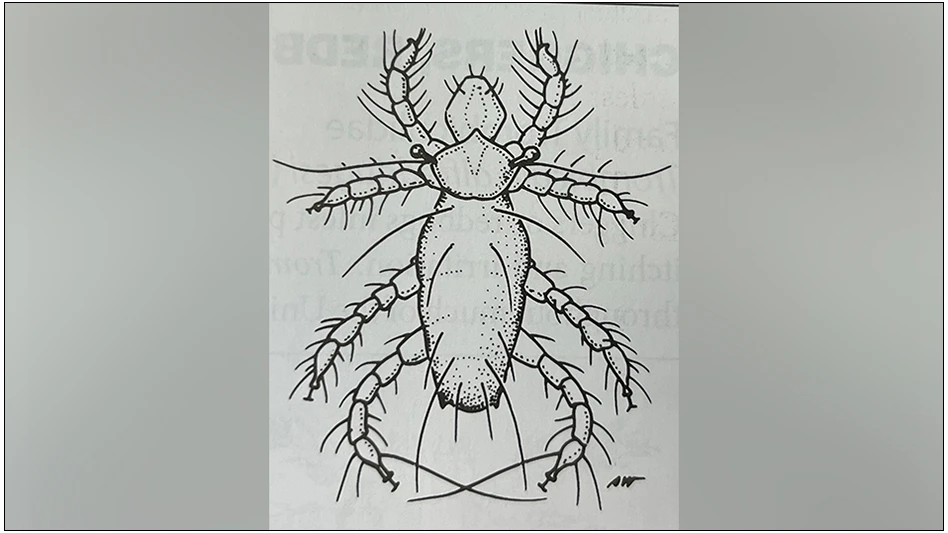For PCOs who want to best handle these calls, the PCT Field Guide for the Management of Urban Spiders by Stoy Hedges and Dr. Mark Lacey is an informative read. It will correct some Myth Conceptions that many PCOs sometimes tell their clients. One of these Myth Conceptions is that female spiders always eat the male after she mates. The spider book states that "contrary to popular belief, males are seldom devoured by the female after mating." Lacey told me that it is more likely that the male will successfully disengage and drop from the female’s reach. The male actually lingers nearby after mating. Lacey said that the males live much longer by associating with the widow because he acts as a "parasite," feeding on prey captured by the female.
TRUE COLORS. Another Myth Conception is that the red hourglass figure on the underside identifies all stages of the BW spider. Colors within immature spiders vary. One or two red markings may be present underneath, but they may vary and are not usually joined. Lacey, however, prefers to call the BW spider the "hourglass" spider. Lacey also says that BWs are generally not aggressive and usually retreat when disturbed, except to protect egg sacs.
For spider management, Lacey suggests using non-chemical methods as the primary control technique, especially for web-builders. One of the best weapons is an industrial vacuum cleaner. This removes not only the spiders but also the unsightly webbing and egg sacs. A suggestion for pest management professionals: when emptying the bag, leave the motor running while sealing the bag. This avoids polluting the air with dust and the possible escape of some spiders.
PCOs may misidentify black widow spiders. There are five widow spiders in the genus Latrodectus north of Mexico. In addition to black widow spiders, L. mactans, there are:
- Red widow spiders, L. bishopi, with red spots on top;
- Brown widow spiders, L. geometricus, with an hourglass marking under the abdomen;
- Northern widow spiders, L. variolus, with a row of red spots on the middle, top of the abdomen; and,
- L. hesperus, which the authors consider the most medically important BW spider.
This spider book also describes another comb-footed spider that spins unsightly webs in homes — the house spider, Achaearanea tepidariorum. The authors recommend removal of webs by vacuuming wherever they appear. Webs from the following spiders should be removed: brown recluse, yellow sac, cellar, orb, aggressive house/hobo and others.
Katz may be contacted at 954/427-9716 or via e-mail at hlkatz@juno.com.

Explore the November 1999 Issue
Check out more from this issue and find your next story to read.
Latest from Pest Control Technology
- Target Specialty Products, MGK Partner for Mosquito Webinar
- Cockroach Control and Asthma
- FORSHAW Announces Julie Fogg as Core Account Manager in Georgia, Tennessee
- Envu Introduces Two New Innovations to its Pest Management Portfolio
- Gov. Brian Kemp Proclaimed April as Pest Control Month
- Los Angeles Ranks No. 1 on Terminix's Annual List of Top Mosquito Cities
- Kwik Kill Pest Control's Neerland on PWIPM Involvement, Second-Generation PCO
- NPMA Announces Unlimited Job Postings for Members







